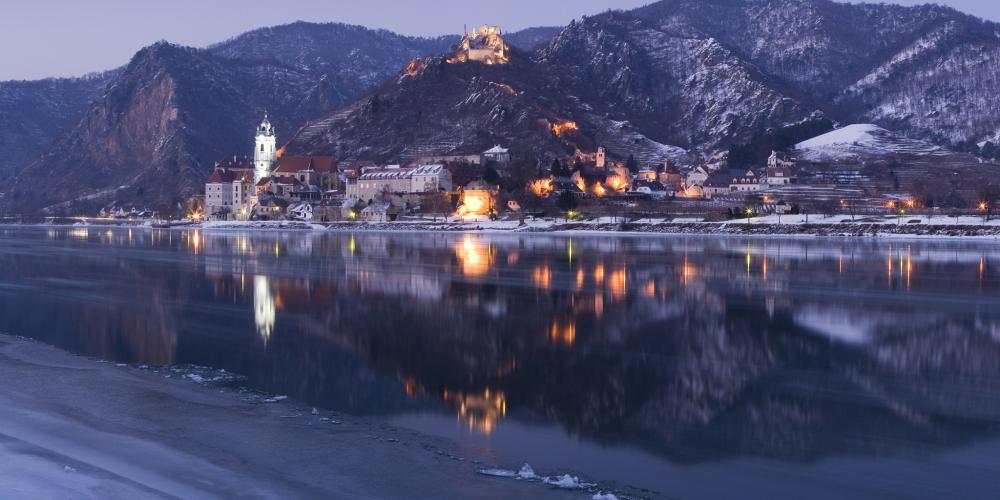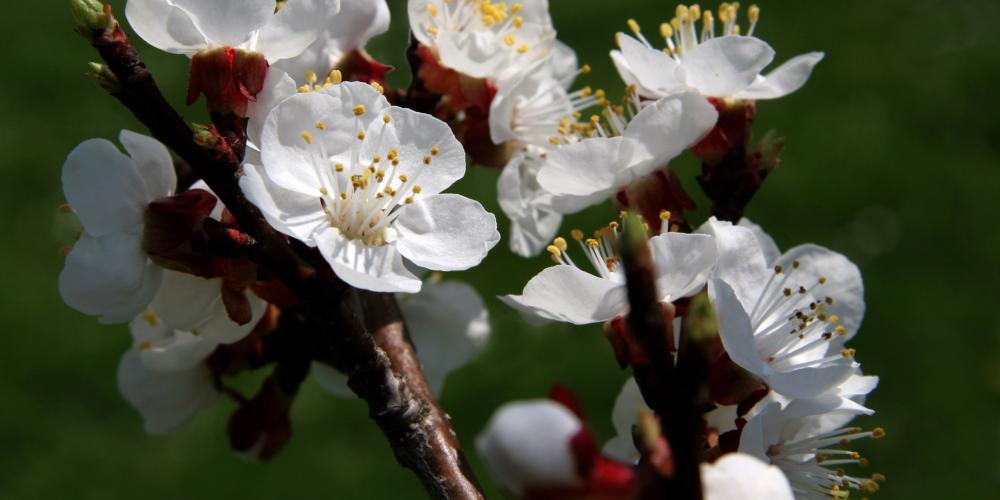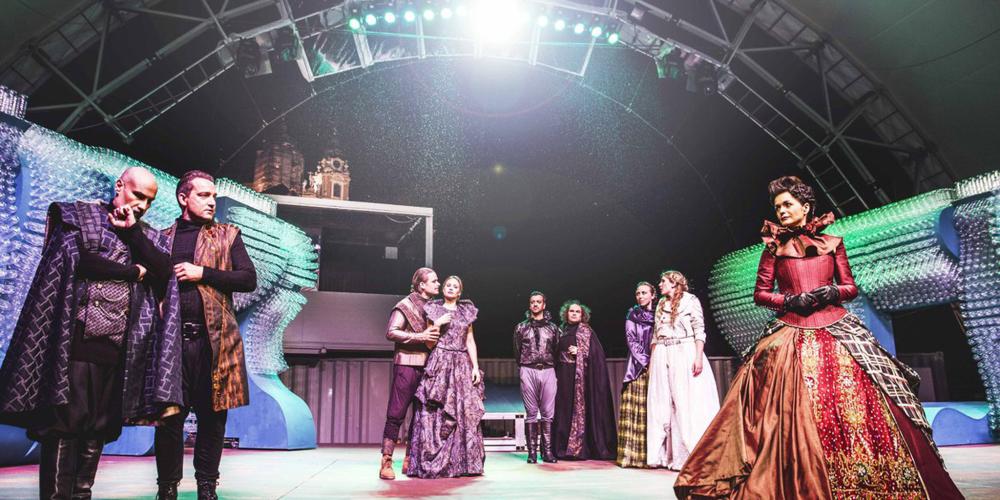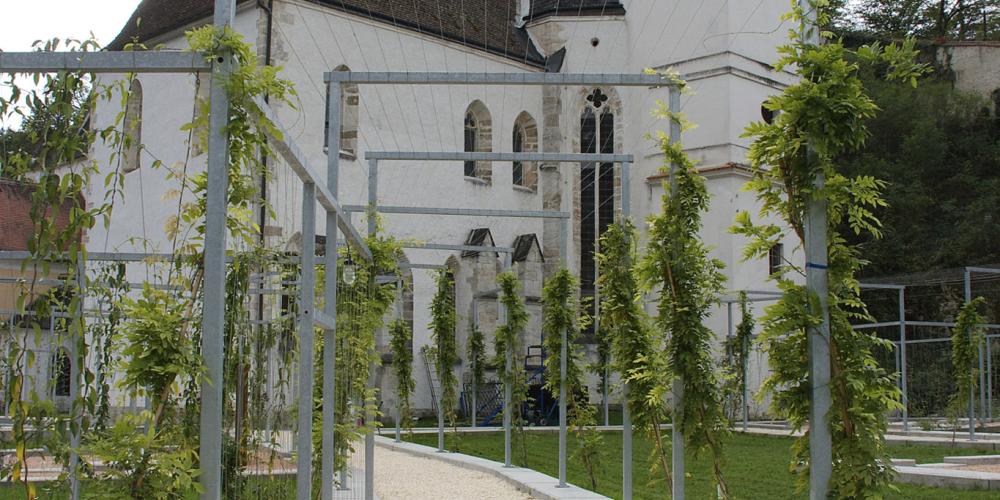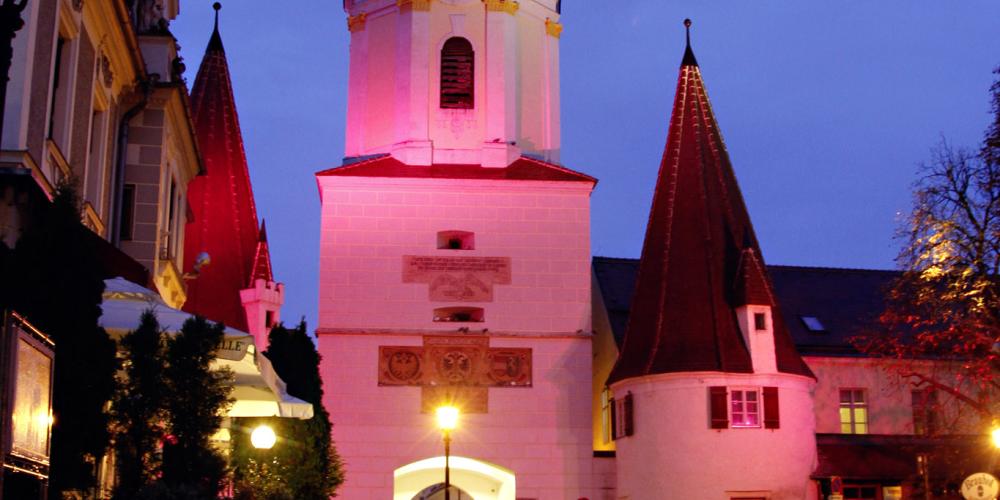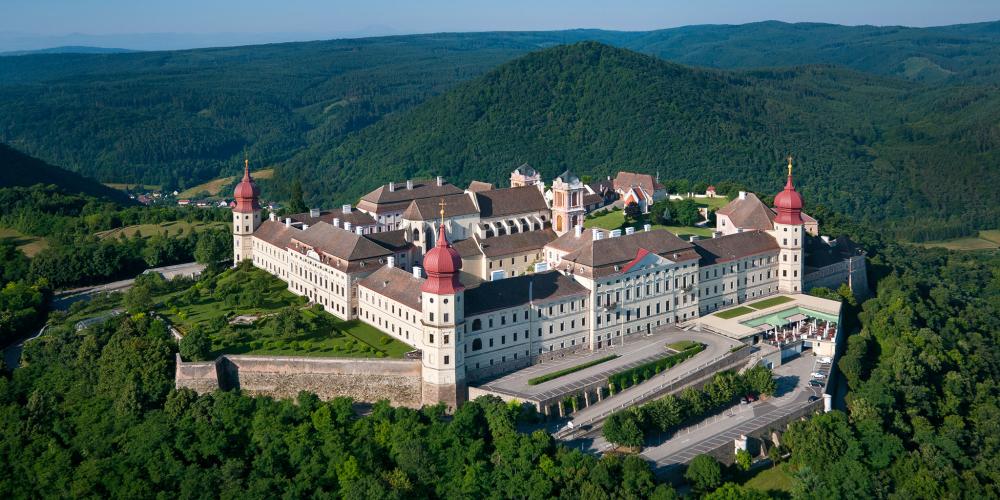Wachau Cultural Landscape, Austria

The beauty of the agricultural lands in the Wachau, which frame the banks of the Danube River, is undeniable. But for visitors, the attraction goes beyond superficial looks. This region has been worked for thousands of years and shows adaptations made necessary by climate and market. The area here provides a perfectly preserved mediaeval landscape—including architecture in the towns and villages—that has continued to change with the times at a human pace.
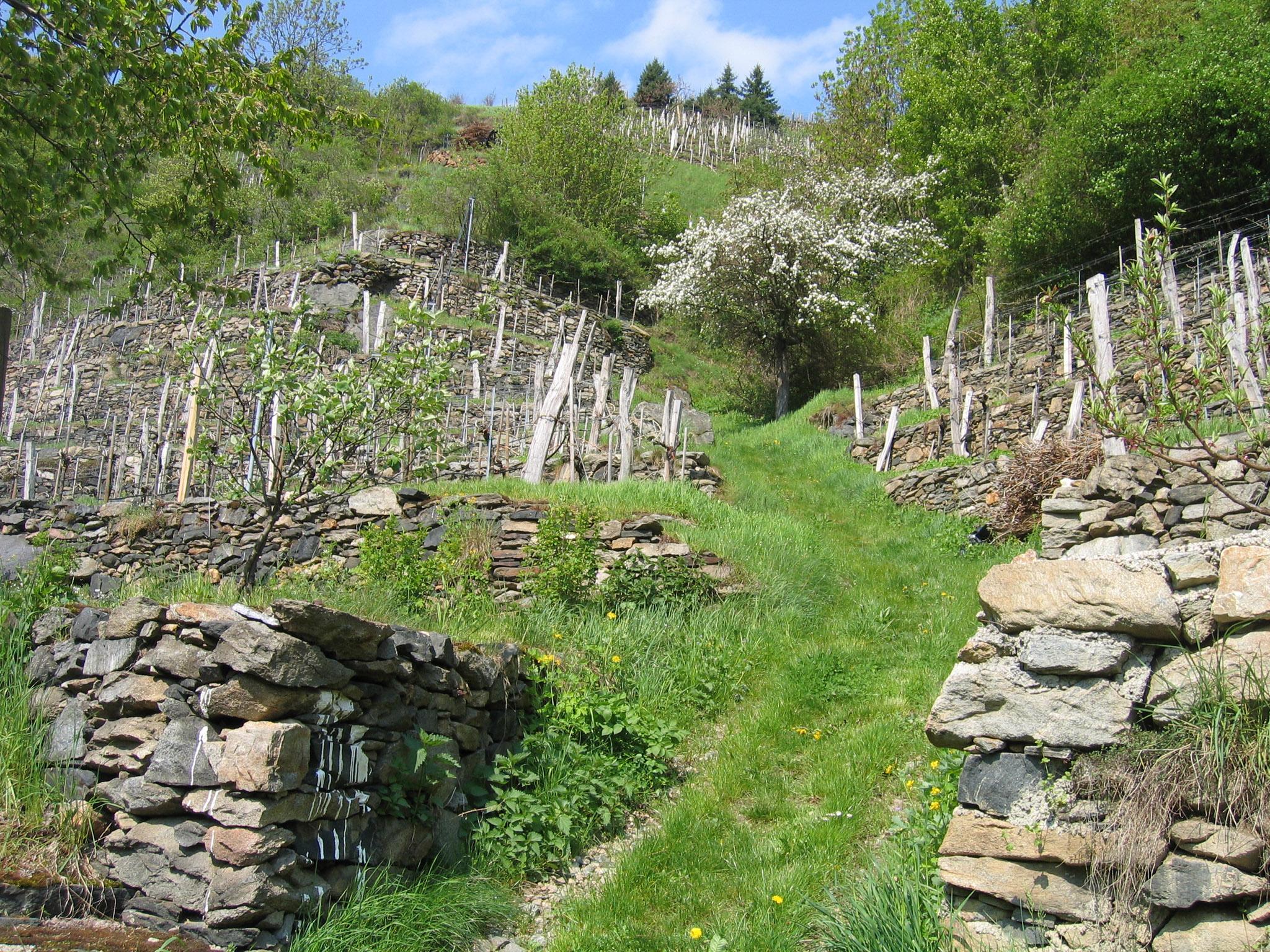
This beautiful stretch of the Danube has inspired romantic legends for centuries. Every structure holds tales of love and heartbreak, particularly from the Middle Ages. One story tells of King Richard the Lionheart of England who was imprisoned in a castle here. His loyal minstrel wandered the land singing a specific song and was able to find his king when Richard responded by singing back to him from his prison.
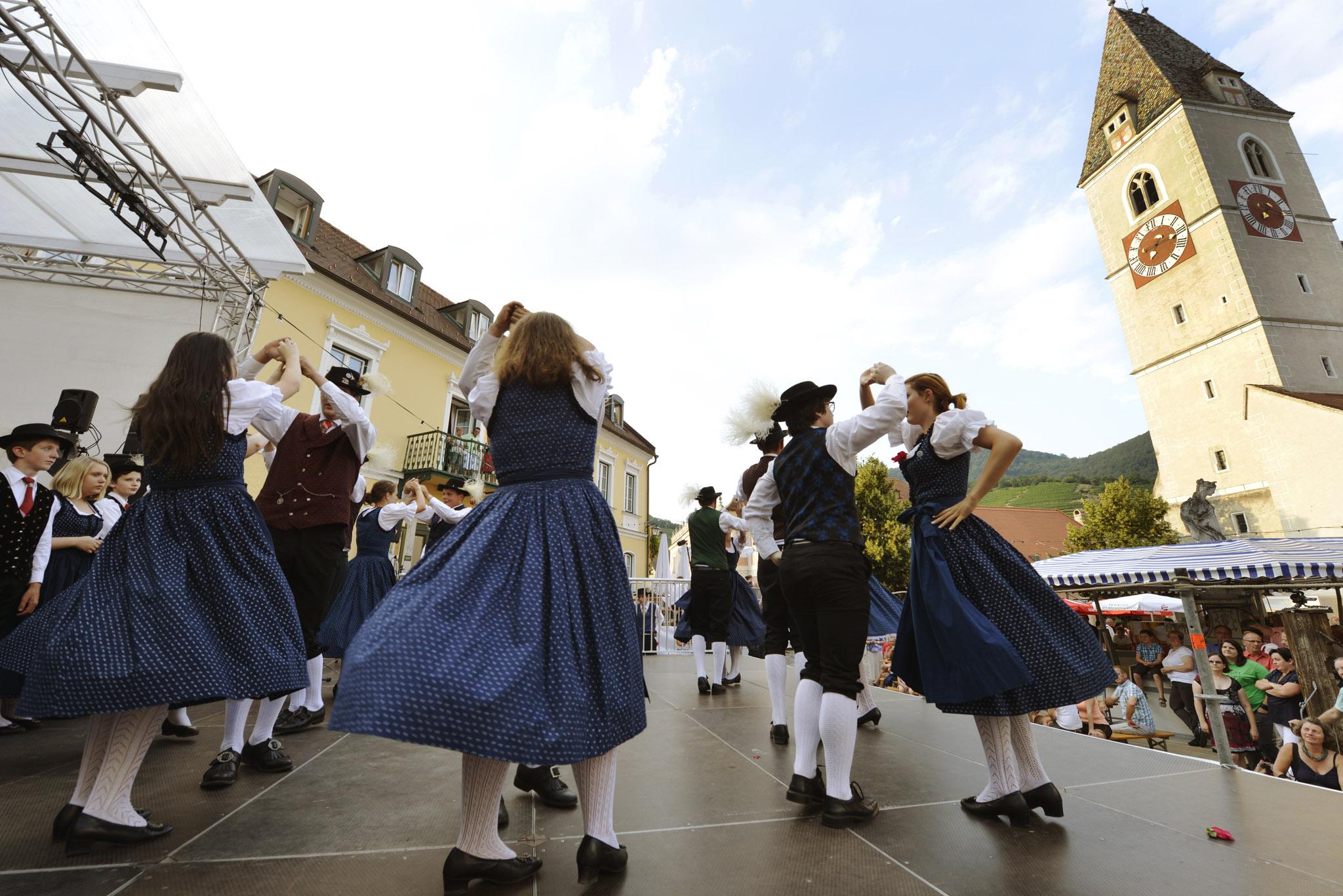
One of the best ways to experience the Wachau landscape is to trace the route of the Danube River as it snakes its way through the countryside. From the river’s banks, vineyards reach into the hills, while towns and villages dot the landscape. In the town of Melk, the Benedictine Abbey - which you can visit - stands as a pearl of Baroque architecture. Other castles and wineries along the river offer plenty of places to stop and explore the region’s cultural and natural highlights.
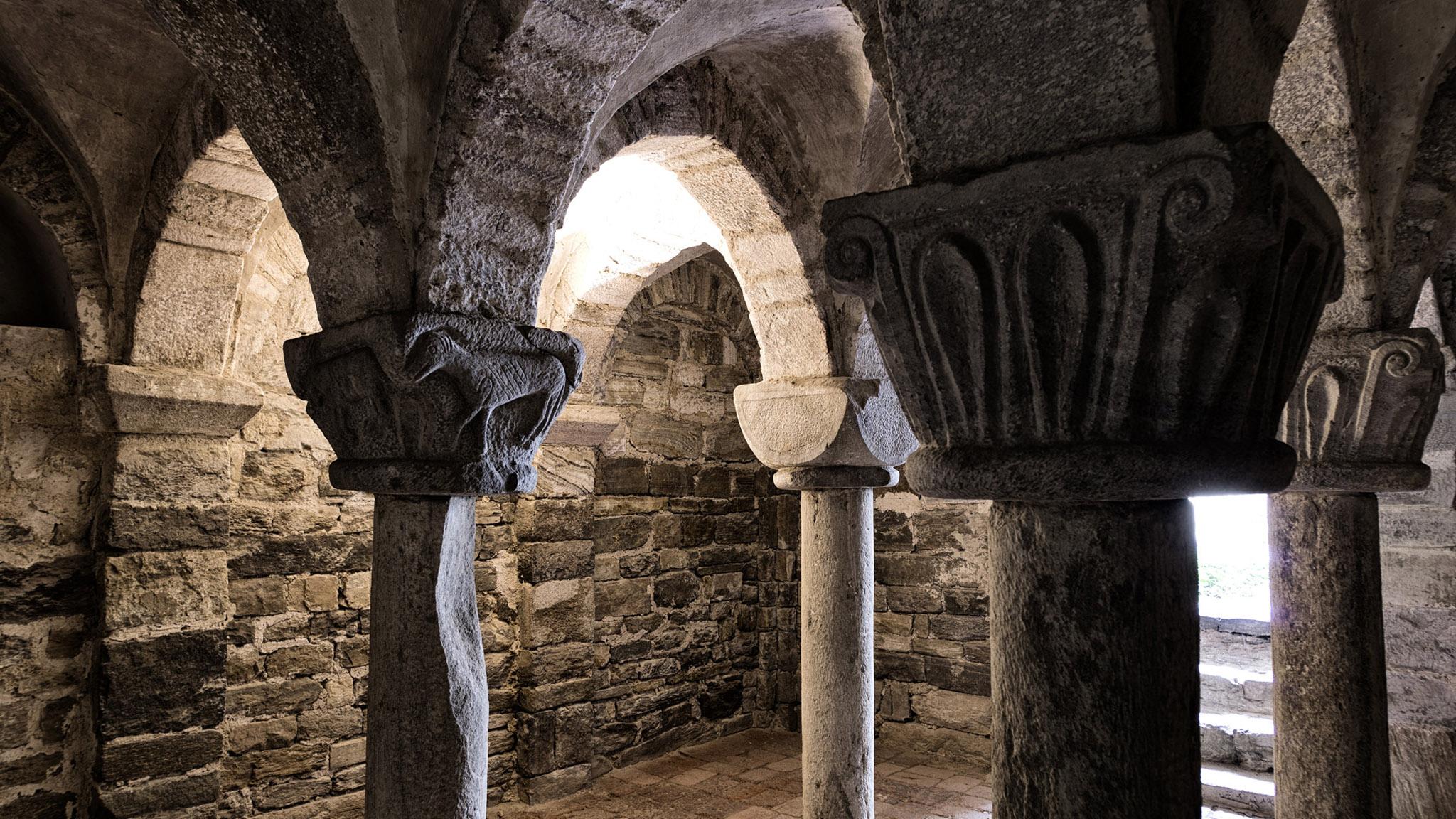
Culture and Landscape Work in Harmony
Wachau is considered one of Europe's most enchanting river valleys. Its treasures give travellers a behind-the-scenes look into the past and a blueprint for the future. This blueprint helped change European culture over the last millennia. For this reason, the Wachau Cultural Landscape was elevated to UNESCO World Heritage status in its entirety in 2000.
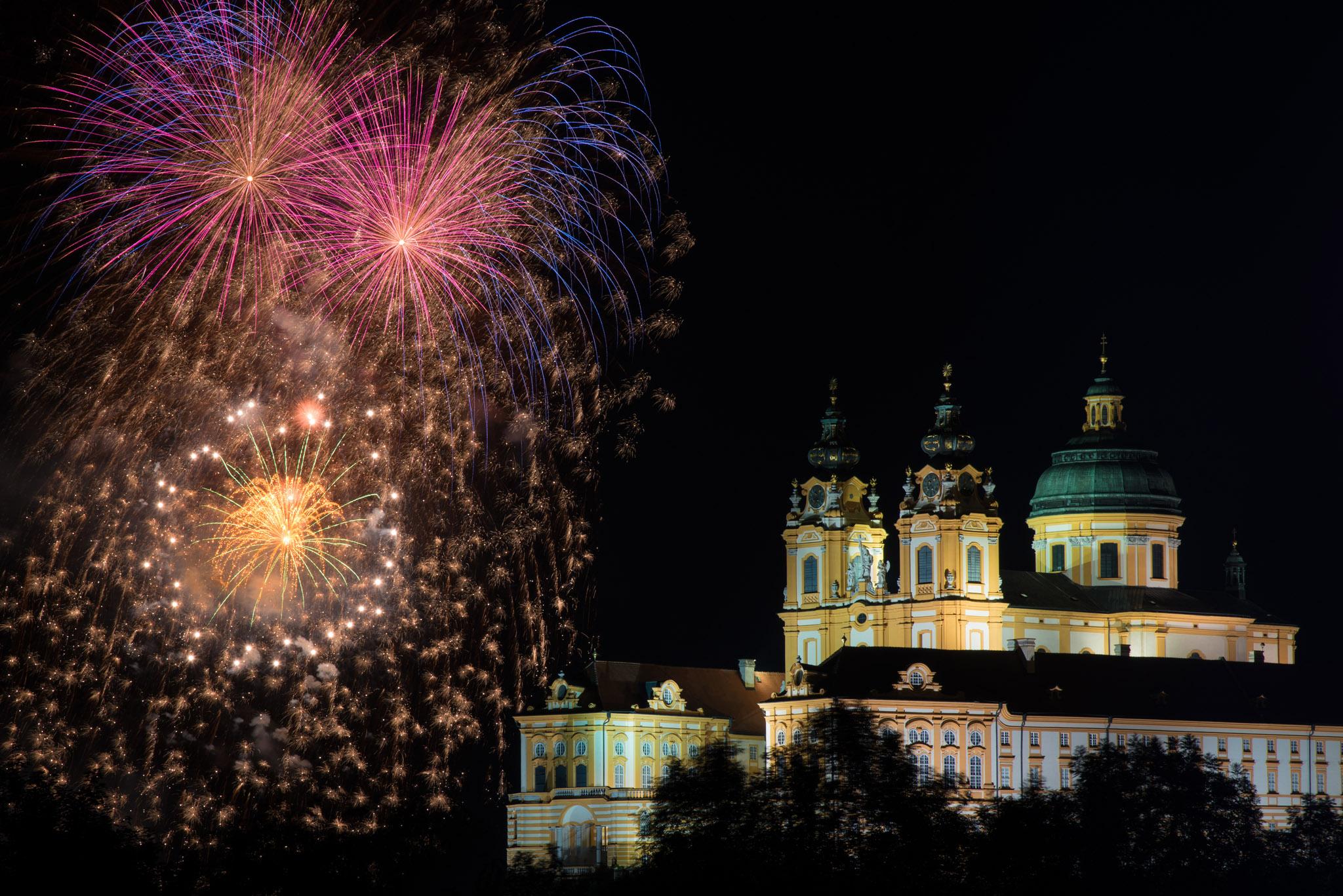
A visit to the Wachau provides a look at the region's complex history. The harmony between the region's past and present is reflected in its melding of preservation and innovation—an intertwining of cultural institutions, world-renowned wine and fruit growers, intact nature, authentic tourism, stunning architecture, and, most importantly, the people of the region.
How to Get There
Take the train from Vienna Airport or Vienna Main Railway Station to St. Pölten and change to a regional train to Krems or Melk.
Inside the valley, the bus lines WL1 and WL2 bring you to most of the villages and sights.
Three ferries cross the Danube at Dürnstein, Weißenkirchen, and Spitz.
When to Visit
One of the best times to visit the Wachau is towards the end of March, when the apricot trees blossom—after which, the main season runs until the end of October. The landscape is especially beautiful in the late fall, when the grape vines and forests swirl with autumnal colors. The Wachau is, also, a year-round destination because of the arts festivals and advent markets that extend into the winter.
How to visit
For a truly unforgettable experience, explore the entire valley with a boat trip on the Danube or ride on the Wachau Railway. The Wachau sits on the Eurovelo Route 6 and features separate bike trails on both sides of the Danube. (The public bike rental system “nextbike” is at your disposal almost everywhere.)
The World Heritage Trail also encourages you to use your own power—walking and hiking—to find its secret viewpoints and and locales. The trekking routes are well connected to the public bus systems, which will bring you back to the head of the trail.


